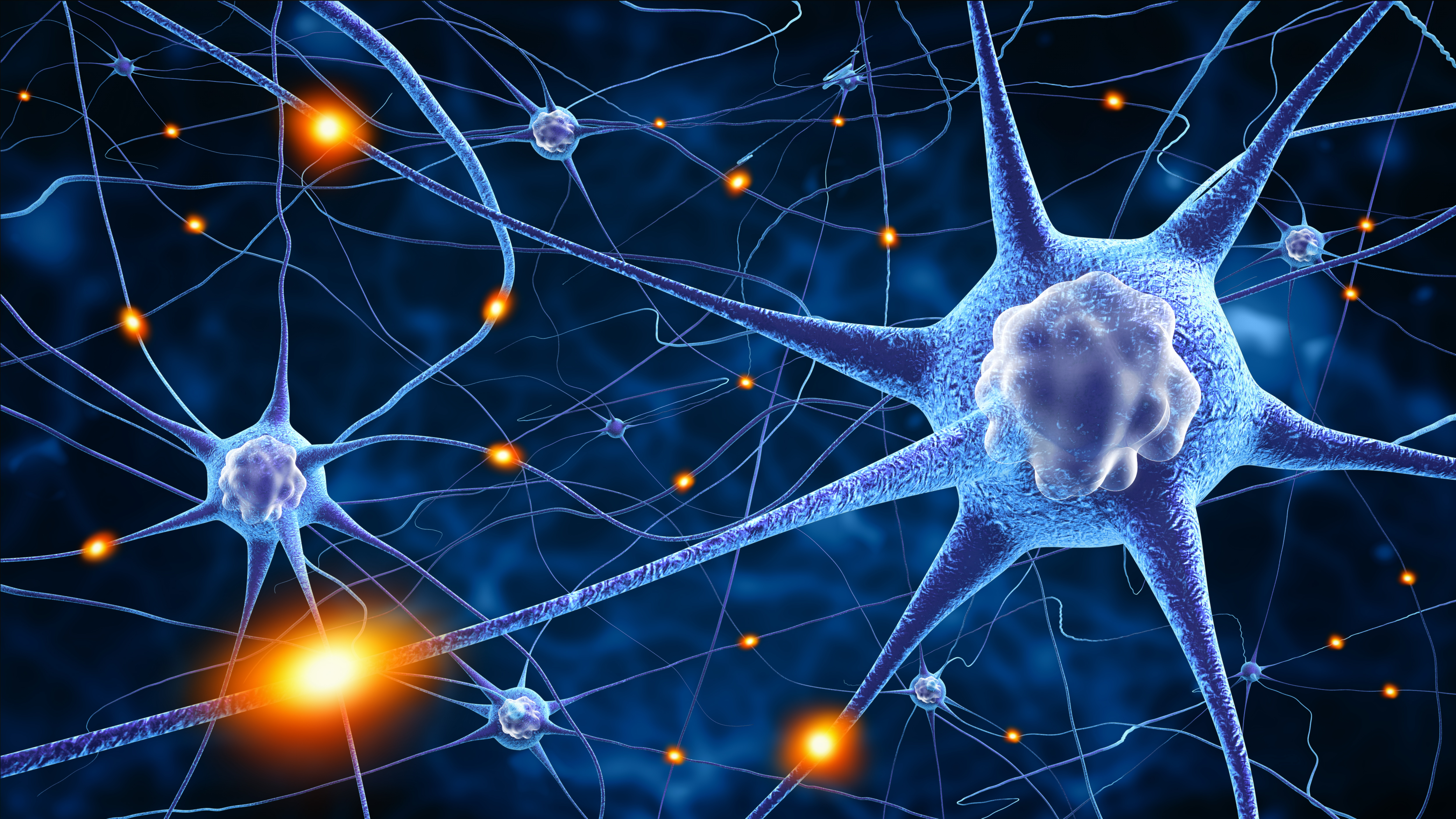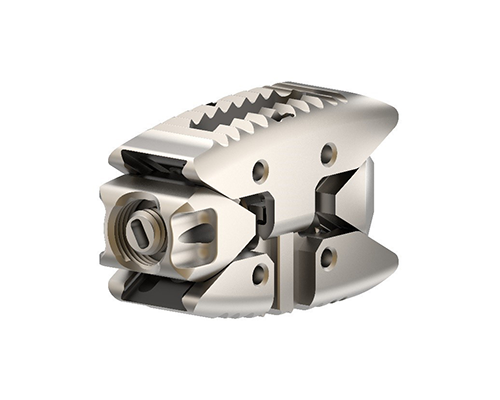It’s usually pretty easy to figure out what someone like Elon Musk is up to. Simply check this high-profile thought leader’s social platform where he updates the world on his latest ventures, opinions on science and tech and what prompted him to send his Tesla Roadster into space. But for the past three years, Musk has been tight-lipped about his neuroscience-based startup, Neuralink — until now.

Musk and Neuralink personnel gave their first public presentation before an invite-only audience at the California Academy of Sciences Morrison Planetarium on Tuesday night. Here’s the first peek of what the secretive company has been up to since its inception in 2016.
A team of neurosurgeons, computational biologists, engineers and data scientists have been developing a so-called “brain-machine interface” which could potentially enable paralyzed patients to control computers with their minds.
The presenters showcased three main innovations. First, the development of flexible, microscopic polymer “threads” that house hundreds of electrodes, used to record action potentials, by which neural communication is achieved. Second, a robot surgeon which can precisely implant these threads into prespecified areas of the brain without grazing the brain’s delicate neovasculature. Third, a discrete and powerful sensor which receives all the neural signals picked up by the electrodes and transmits them to an external computer. All this supported by complex mathematical algorithms designed to connect the brain, body and computer.
These innovations build on the work of others in pursuit of the same goal. The Utah Array, considered the industry benchmark for neural activity recording, is used in BrainGate, the famous implant system which helped Matthew Nagle regain control of his left arm and hand following a spinal cord injury.
According to Musk, the Neuralink technology is an improvement of the Utah array on the magnitude of “at least a hundred times”. The company’s latest prototype contains over 1,000 electrodes (compared to Utah’s 128 electrode channel capacity) all encompassed in a fully implantable, airtight package. The more electrodes you implant, the more neuronal activity you can record.

“Neural activity in the brain is random, it has stochasticity, which means that even though the person may be intending to do the exact same thing from one movement to the next…the neural representation at the level of individual neurons, is noisy,” explained Dr. Philip Sabes, Senior Scientist at Neuralink. “This is just one of the reasons why we need to record from lots of neurons in order to be able to gain a high-fidelity readout of what the intention is.”
But the more foreign material you introduce to the body, the stronger the immune response. To significantly reduce the immune response, the team went with a smaller scale, selecting biocompatible coatings over the wires with flexible materials. As Neuralink’s Vanessa Tolosa put it, “we’re trying to make it as invisible to the brain as possible”.
These features may sound good in principle, but can Neuralink’s technology pass an in vivo test? According to the company’s newly released white paper, the technology appears to work in lab rats. The team performed 19 brain surgeries on rats and the robot successfully inserted the fine electrode-laced threads 87 percent of the time.
At the presentation, Musk confirmed the team has tested Neuralink technology on non-human primates.
“A monkey has been able to control a computer with its brain,” he said, matter-of-factly.
The goal now is to test the system in human patients as soon as possible. With the help of the Neuralink system, they hope paralyzed patients will be able to type 40 words per minute using only their thoughts to control a computer cursor.
“We are under no illusion that we can do all the science ourselves,” said Neuralink President, Max Hodak. “We want this to be an advancement of the field…For the FDA, there’s a pathway we’re pursuing, [which is] an early feasibility study.” The team hopes to file for an Investigational Device Exemption (IDE) in the upcoming year and begin human trials by the second quarter of 2020.
Inadequate long-term safety is one of the major downfalls of many implantable devices, and will certainly be an obstacle for Neuralink. The company is addressing this by selecting biocompatible coatings for the threads as well as a minimally invasive surgical procedure. Down the road, Musk hopes the whole procedure will be as quick and simple as LASIK eye surgery.
Implanting the Neuralink system in paralyzed patients will just be the start. Musk envisions a future where healthy individuals can elect to “merge with AI”.
“This is going to sound pretty weird, but ultimately, we will achieve symbiosis with artificial intelligence.”












Join or login to leave a comment
JOIN LOGIN